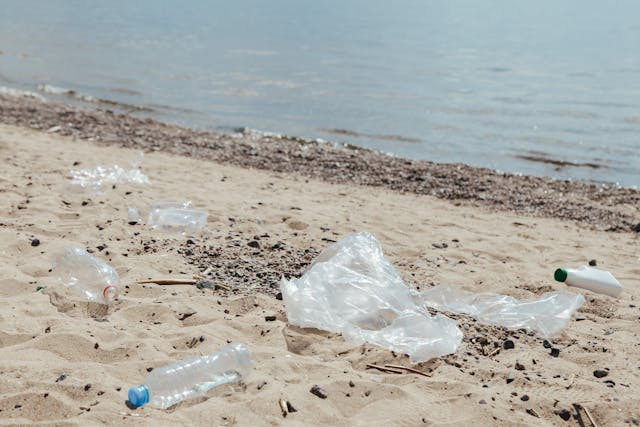The vast Pacific garbage patch, an immense collection of floating trash about twice the size of Texas, might not be the only pollution in the ocean. Recent international research reveals that there is even more garbage beneath the ocean’s surface. According to findings from Australia’s CSIRO and researchers from the University of Toronto, up to 11 million tonnes of plastic pollution may be present on the ocean floor.
Preventing plastic waste to oceans protects marine ecosystems
The rate at which waste enters the ocean floor is alarming which calls for the need to understand the journey and accumulation on the floor. Dr. Denise Hardesty, a Senior Research Scientist with CSIRO, highlights the significance of this issue and the need for action to protect marine ecosystems and wildlife.
According to Dr. Hardesty the oceans accumulate millions of tons of plastic waste annually, much of which settles on the ocean floor. This recent research reveals that there are between 3 to 11 million tons of plastic sinking to the ocean floor, including items like nets, cups, and plastic bags. The study expands previous estimates, which mainly focused on microplastics.
Alice Zhu, a PhD Candidate from the University of Toronto, suggests that the amount of plastic pollution on the ocean floor could be significantly higher than what is found floating on the surface. Zhu emphasizes that while reducing plastic entering oceans can decrease surface pollution, plastic will still accumulate in the deep ocean, becoming a permanent sink for marine plastic pollution.
There are more plastics on ocean floor than surface
Researchers developed two predictive models based on scientific data to assess the quantity and distribution of plastic debris on the ocean floor. One model utilized data from remote-operated vehicles (ROVs), while the other used data from bottom trawls.
The ROV data suggested that between three to 11 million metric tonnes of plastic pollution are present on the ocean floor, with significant concentrations around continents. Approximately 46% of the plastic mass is estimated to be located above 200 meters depth, while the remaining 54% is distributed in deeper ocean areas, ranging from 200 meters to 11,000 meters deep.


